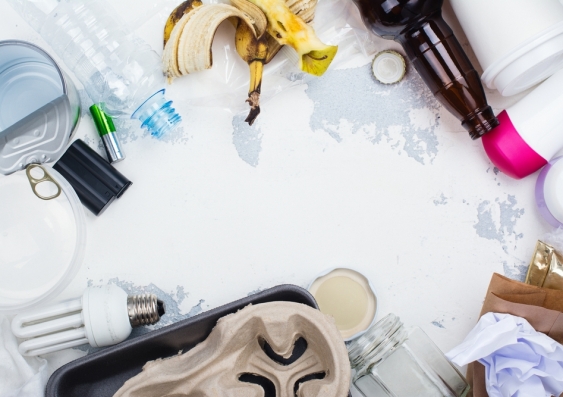OPINION: Australia is stockpiling or burying football fields of waste every day but there is a home-grown solution to the incredible rubbish recycling problem highlighted this week by The Sydney Morning Herald.
We have the technology in Australia to lead the world on rubbish, and to turn what is a waste stream (glass, e-waste or electronic waste, and plastics) into reformed materials. The answer is micro-factories.
Green-friendly micro-factories can reduce landfill, create new jobs, provide opportunities for businesses and boost our declining manufacturing sector – but the technology needs the government to support it, and businesses to use it.
Traditional manufacturing often takes place in large and immobile factory sites near raw material supplies or in remote locations. But these micro factories can operate on a site as small as 50 square metres and can be located wherever waste may be stockpiled.
They consist of one or a series of small machines and devices that use patented technology to turn waste products into new and reusable products. The first two micro-factories will be unveiled on campus at UNSW next month.
One of them takes and reforms discarded computers, mobile phones and printers. It has a number of small modules for this process, which fit into a small room. The discarded devices are first placed into a module to break them down. The next module may involve a special robot to extract useful parts, and another module uses a small furnace to separate these parts into valuable materials that can be reused in any number of ways.
The extracted materials include metal alloys, and a range of nanoparticles that can be used in industrial-grade ceramics. The specific quality plastics from computers, printers and other discarded sources can be put through another module that produces filaments suitable for 3D-printing applications.
Micro-factories give us the chance to reconsider what we recycle, how we do it – and what we do with it.
The UNSW Sustainable Materials Research and Technology (SMaRT) Centre, with funding from the Australian Research Council, has developed this technology, which could easily be used in local communities all around Australia.
Micro-factories give us the chance to reconsider what we recycle, how we do it – and what we do with it. Today, for example, some of the 460,000 tonnes of recycled glass waste in NSW goes into road base – but this is not the only way to use discarded glass. We now have a way to transform our glass waste into a higher value commodities, through micro factories at key waste locations.
There are the many other components of discarded products that are expensive to mine and extract, such as precious metals like gold and silver, which can also be recovered and given a new lease of life using micro-factories.
The SMaRT Centre is expanding our partnerships with industry and investors but we need government support to roll out this technology and help Australia lead the world in solving the “wicked problem” of waste and landfill.
The greatest challenge is commercialising the technology and creating incentives for industry to take it up. Societies and communities around the world want to be more sustainable and are looking to their political and business leaders for action.
Micro factories are proven technology, we just don’t have enough of them. I believe Australia can lead the solution to the global waste problem.
Veena Sahajwalla is a senior professor at UNSW and director of the Sustainable Materials Research and Technology (SMaRT) Centre.
This article was originally published in the Sydney Morning Herald.


